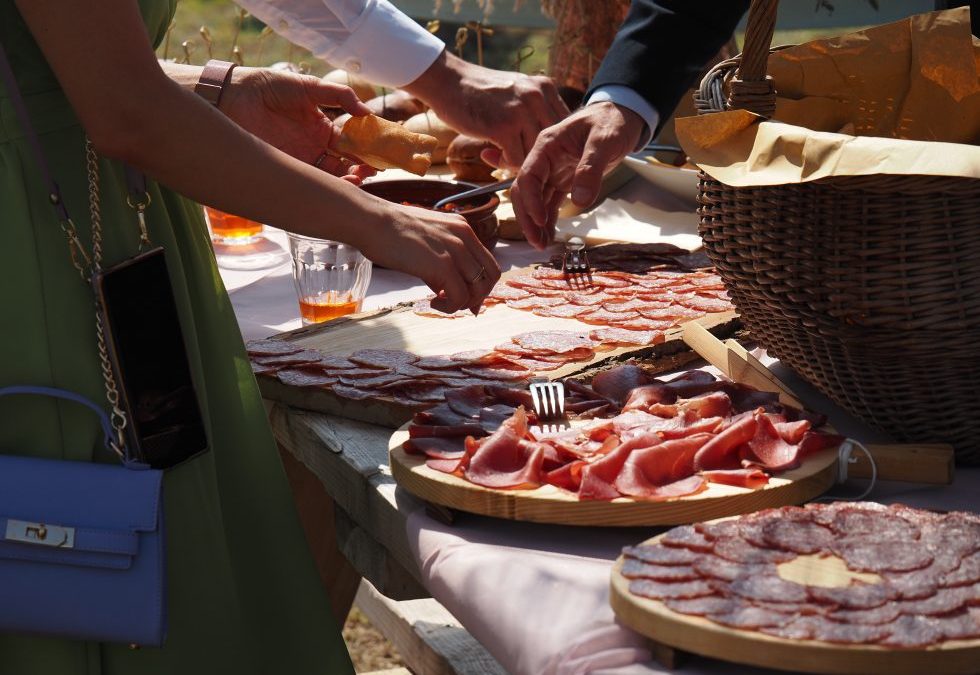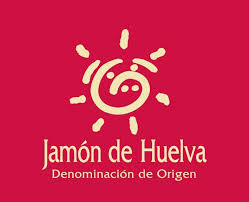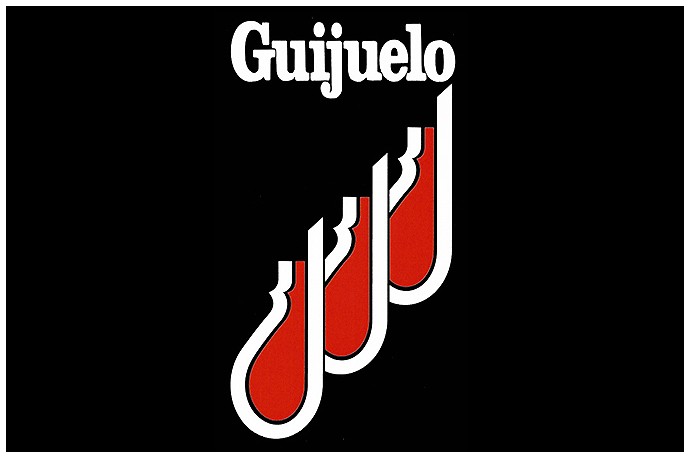Iberian ham is an emblematic and beloved product of Spanish cuisine, a delicacy sought after around the world. Its unmistakable flavor and artisanal production process make it the star of celebrations and gatherings. However, choosing the right Iberian ham can be a complicated task due to the variety of options available. This guide will help you make the best choice for every occasion, ensuring an unforgettable gastronomic experience.
curated meats prosciutto coppa pancetta delicatessen at event, Italian food catering in private event
Types of Iberian Ham: Which One to Choose?
The first step is to decide what type of ham you’re looking for. The main categories are defined by the purity of the pig breed and its diet:
- 100% Iberian Bellota Ham (Black Bridle): Considered the most prestigious, it comes from pigs fed exclusively on acorns and natural pastures during the montanera (free-range) period. It offers an intense and profound flavor, ideal for those seeking a rich and complex culinary experience. It is traditionally reserved for special occasions and sophisticated dinners.
- Iberian Bellota Ham (Red Bridle): This ham comes from pigs fed on acorns, but with a lower percentage of breed purity. It’s an excellent choice if you prefer a ham with a powerful flavor but at a slightly lower cost.
- Iberian Cebo de Campo Ham (Green Bridle): Comes from pigs raised on natural pastures and high-quality feed in an outdoor environment. It offers a balanced and mild flavor, suitable for those who prefer lighter flavors.
- Iberian Cebo Ham (White Bridle): This is the most affordable type, sourced from farm-raised pigs fed with feed. Its flavor is simpler and milder, perfect for those looking for a lighter ham for any occasion.
Protected Designations of Origin (PDO) of Iberian ham
Consider the PDO for Iberian ham, which guarantees its quality and authenticity. The four main PDOs are:
- Jabugo: Particularly appreciated for its tradition and quality, located in the Sierra de Huelva.
- Guijuelo: Renowned for its mild and aromatic hams, with cold, dry winters that promote perfect curing.
- Extremadura: It covers a large region where pigs are raised in extensive pastures.
- Los Pedroches: Noted for producing hams with a perfect balance between flavor and texture.
Characteristics of a good Iberian ham
To identify a good Iberian ham, consider the following characteristics:
- Physical Appearance: It should have a shiny, black hoof , a sign of racial purity. The fat should be soft and yellowish, indicating proper infiltration into the meat. The bone should be golden.
- Texture and Marbling: The meat should have fine, even marbling . To the touch, the ham should be firm but not tough, and when cut, it should give off a pleasant, penetrating aroma. The rump should give slightly when pressed.
- Flavor and Aroma : The flavor should be complex and long-lasting, with nuances of nuts, herbs, and acorns. A good ham should melt in your mouth, gradually releasing its flavor.
Practical tips for buying Iberian ham
To ensure a good choice, keep these tips in mind:
- Check the Label: Make sure the ham has a clear label indicating its category and designation of origin. The colored band is a good indicator of the ham’s quality .
- Consider Curing: An acorn-fed ham must be cured for at least 36 months, while a cebo ham can be cured for between 24 and 30 months. For an 8kg acorn-fed ham, look for curing times of more than 36 months and less than 48 months.
- Price and Quality Considerations: Price varies depending on the type of ham. A 50% Iberian cebo ham can cost between €180 and €200, while a 100% acorn-fed Iberian ham can reach €400 or €500. It’s important to find a balance between quality and budget.
Cutting Iberian ham
The cut influences the taste experience.
- Hand-cutting : This is the best way to enjoy ham at its finest. The carver should cut the ham into thin, fan-shaped slices to appreciate its texture, fat, and flavor.
- Machine cutting : This is a good option if you don’t have experience with manual cutting, ensuring that the cut is as thin as possible to fully enjoy the ham’s potential.
Ideal pairings for Iberian ham
Iberian ham can be enjoyed on its own, but there are also pairings that enhance its flavor:
- Red Wines: Especially those with body and complexity like a Ribera del Duero or a Rioja, which complement the intense flavor of acorn-fed ham.
- White Wine: A dry white wine is ideal for cebo or recebo hams, especially for summer celebrations.
- Beer: For a casual option, opt for a craft or light beer.
The perfect Iberian ham for every occasion
The choice of the ideal Iberian ham depends on the type of event and the number of people:
- Small Gatherings: An acorn-fed Iberian ham is an excellent choice for a meal with friends or a small party at home.
- Large Events: Opt for larger hams or several pieces, considering cebo or recebo hams, which offer a good balance between quality and price. For weddings, baptisms, or communions, a 100% Iberian acorn-fed ham from Arturo Sánchez 100 years old may be ideal.
Ultimately, choosing the perfect Iberian ham requires attention to several details, from the type and designation of origin to the price and physical characteristics. Consider your personal preferences regarding flavor and texture, as well as your budget. Whether you prefer a ham with a powerful flavor or a milder, more affordable option, there’s a perfect option for you. Enjoy the selection process and, above all, the incomparable taste of a good Iberian ham.


 Español
Español
 Català
Català  English
English Français
Français Deutsch
Deutsch Italiano
Italiano Dutch
Dutch




